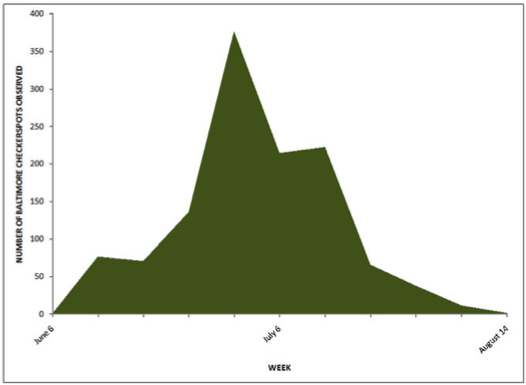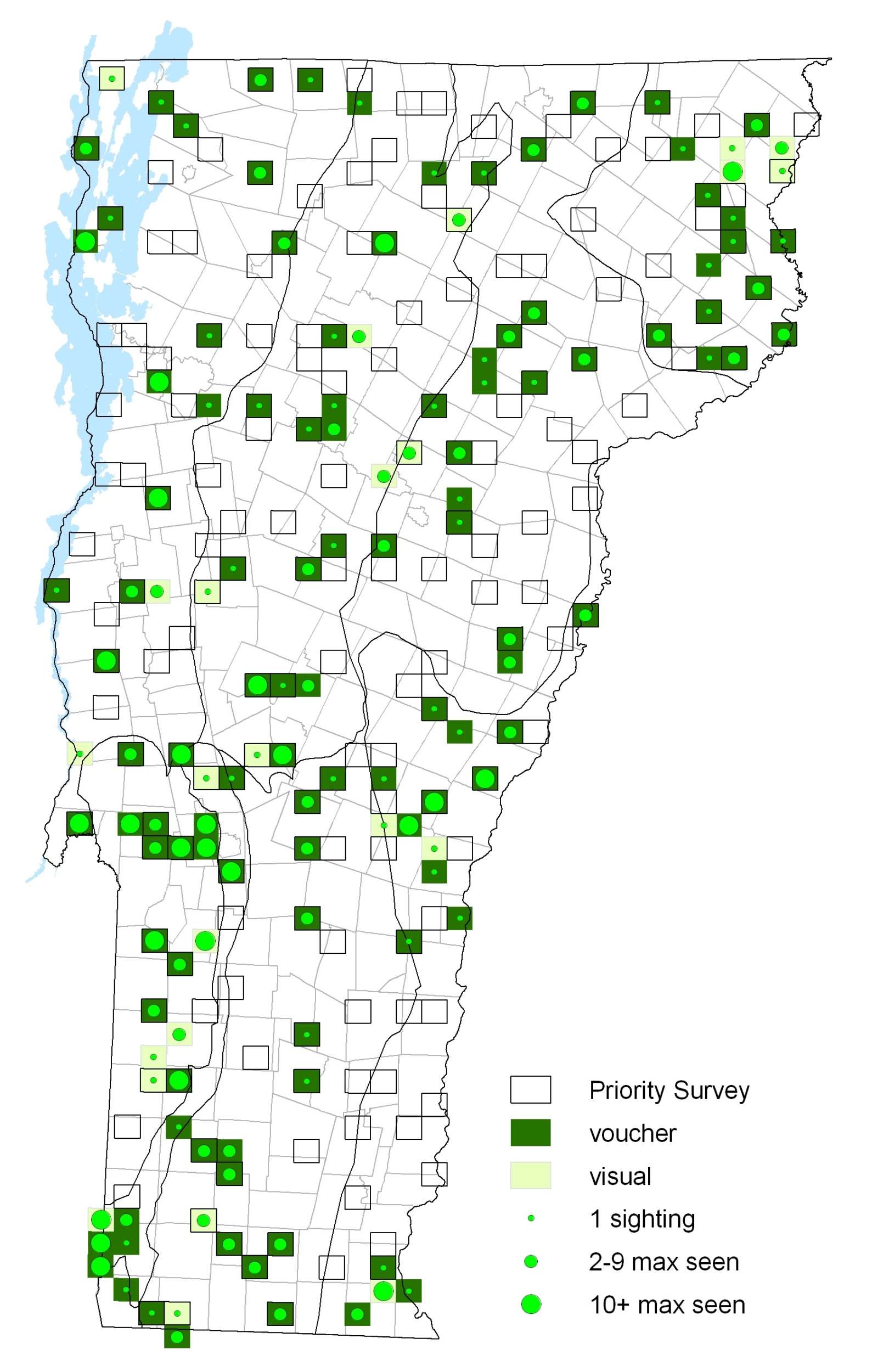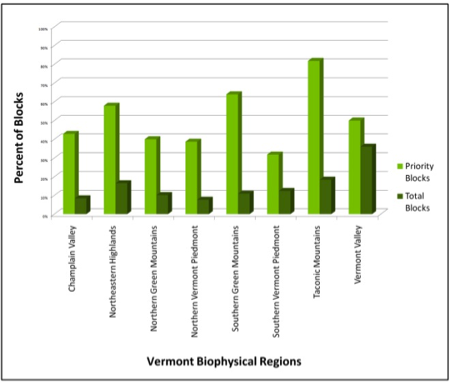|
Resident Conservation Status North American Range |
Larvae sequesters chemicals from one of its hostplants, Turtlehead (Chelone glabra), making them unpalatable to predators. Males perch near the ground to find females. Eggs are laid in groups of 100-700 under host plant leaves. Newly-hatched caterpillars move to the tip of the plant and feed together in a web which is enlarged downward as the caterpillars consume more of the plant. Larvae often suffer high mortality rates falling off the hostplant and from parasitic wasps. Fourth-stage caterpillars overwinter in rolled leaves on the ground.
Identification
Vivid, with striking coloration and patterning. Upperside is black with red-orange crescents on outer margins of both wings and rows of creamy white spots inward. Antenna tipped with a bright orange club.
Flight
One brood typically from June to mid August. Extreme dates: 20 May 2004 in Woodford (K. Hemeon) and 14 August 2007 in Kirby (T. Armata).
Distribution and Habitat
The Baltimore Checkerspot was found throughout Vermont during VBS and was very common locally. Preferred habitats include wet meadows, shorelines, fens, bogs and marshes. Larvae reported to feed on Turtlehead (Chelone glabra), Hairy Beardtongue (Penstemon hirsutus), English Plantain (Plantago lanceolata), and False Foxglove (Aureolaria). They have also been known to leave these host plants and feed on unrelated plants such as Arrowwood (Viburnum recognitum), Common Lousewort (Pedicularis canadensis), and White Ash (Fraxinus americana). During VBS hostplants reported to be mostly Turtlehead, but also Green Ash (Fraxinus pennsylvanica) and honeysuckle (Lonicera). Nearly 20 species of plants reported as nectar source during VBS.







